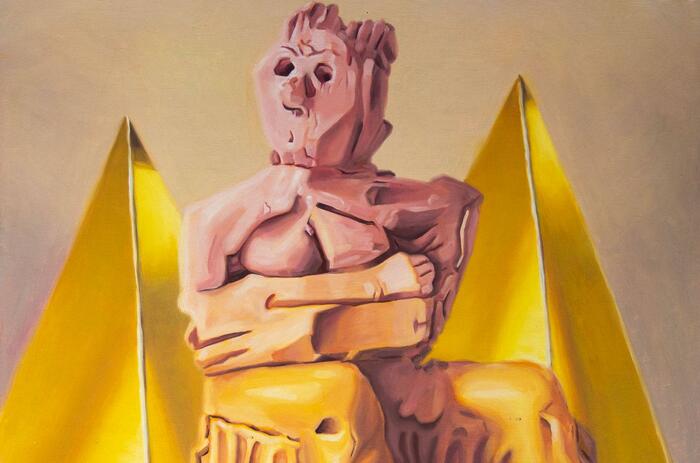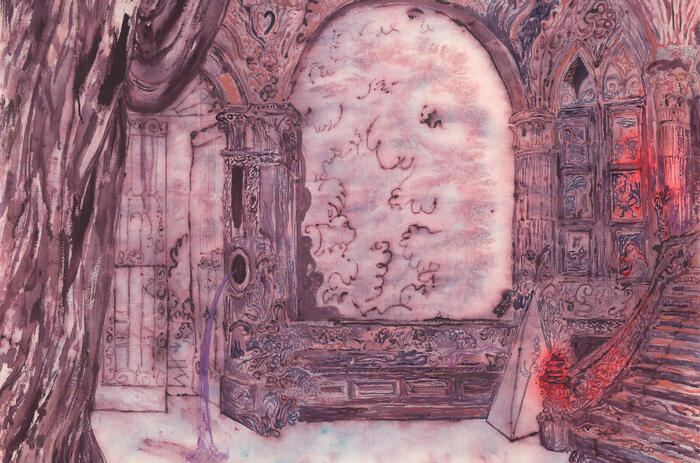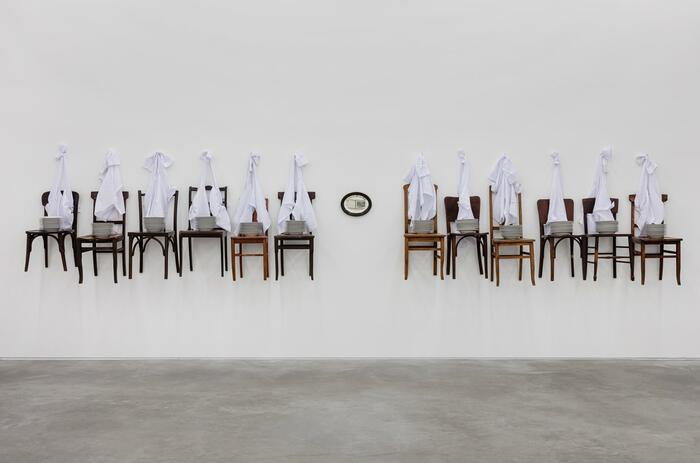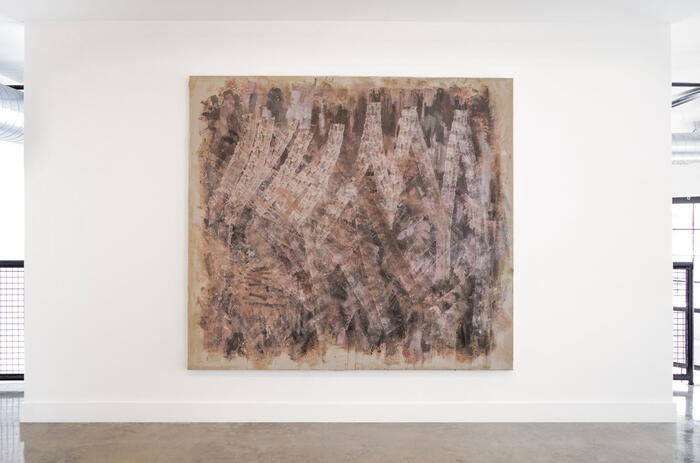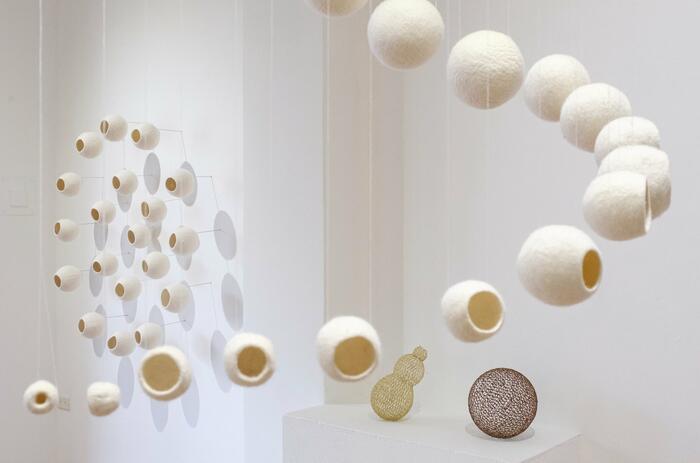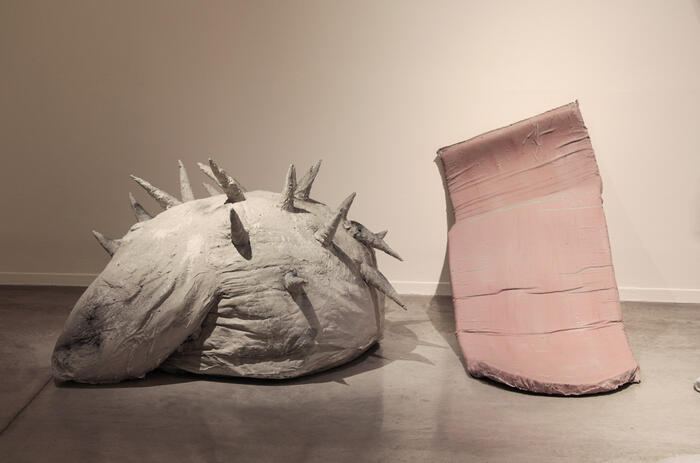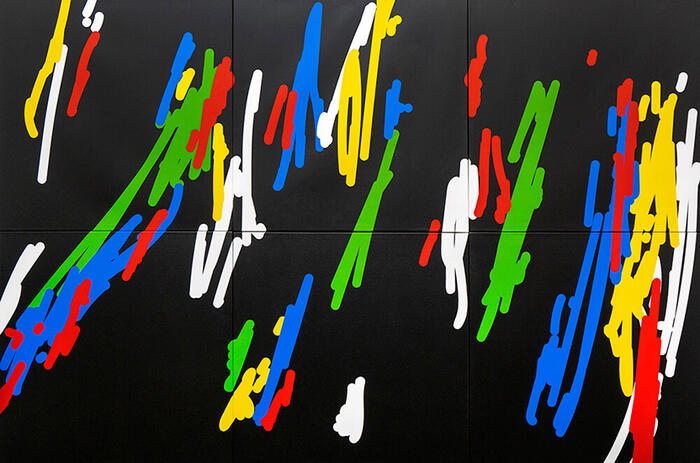THE SKY AND ITS HISTORY: THE GROUP EXHIBITION AT THE MUSEUM OF MODERN ART OF BUENOS AIRES
The exhibition A 18 minutos del sol (At 18 Minutes from the Sun) at the Museo de Arte Moderno de Buenos Aires addresses astronomical observation and access to outer space as the key elements to activate a dialogue between artistic imagination and scientific exploration.
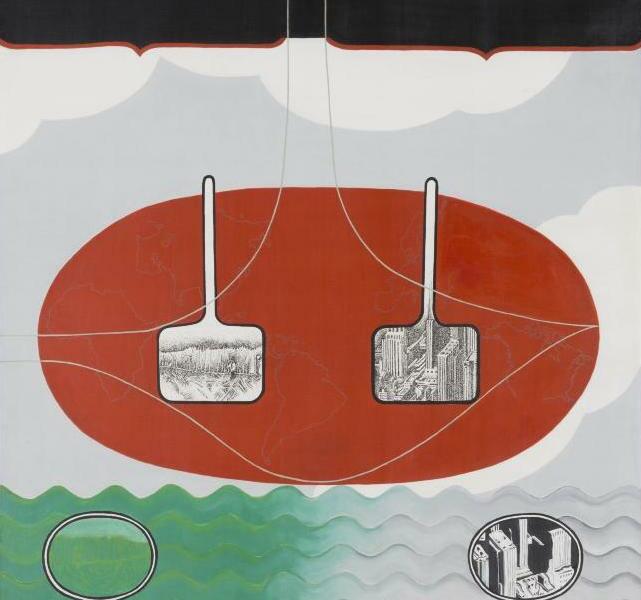
This exhibition explores the possibility of using our relationship with the sky to unravel colonial narratives through the work of one hundred Argentine artists.
Curated by Javier Villa and Marcos Krämer, A 18 minutos del Sol travels the Argentine territory, from the Chaco region of Salta to Patagonia, with works by more than one hundred Argentine artists, contemporary and historical, from both indigenous and Western cultural roots, to understand the map we create, from the south, in order to approach the stars and their reflections and build a decolonial history of the skies.
Outer space is accessed from three different and interconnected perspectives: science, indigenous cosmologies and spirituality. Around each of these centers of interest, there is a game between more than ninety Argentine artists from different territories and generations who established deep connections with the cosmovisions of the sky, from their own perspectives and objectives.
The curator of the exhibition, Javier Villa, explains: "Human exploration of the sky has opened up questions about how space should not have owners, but can be conquered by large corporations: what means do we have to access the cosmos, can the space outside ourselves function as a mirror to see ourselves from the outside and re-imagine ourselves socially and politically, what sustainable and imaginative contributions to exploration can we offer from the South?
The exhibition underscores the popular, spiritual and scientific ties that linked the visual production of our territory with the great questions about outer space, which has resulted in a rewriting of colonial narratives about the political and social history of our skies. Taking as a fundamental core the local indigenous perspective, for which the sky is a reflection of the Earth and vice versa, the exhibition dives into the potentiality of feeling the skies that cover us as a way of understanding the planet on which we live.
-
Alicia Herrero. Movimiento para deshechizar un paisaje (1), 2020-2022. Acrílico sobre tela.
-
Elda Cerrato. Contacto con Tierra, 1972, acrílico sobre tela.
-
Silvia Gurfein. Deleuze, 2013. Óleo sobre tela.
-
Raquel Forner. De la serie Las Lunas, 1969, óleo sobre tela.
-
Víctor Magariños. Pintura, 1964, acrílico y yeso sobre tela.
-
Cristian Román. Detalle de (Á)ngel – Tríptico S.A.B. de la serie “Guía angelical”, 2022, 2023. Lápices y lapicera sobre papel.

